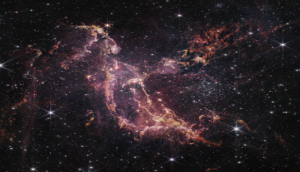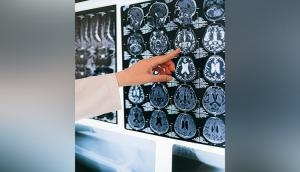
If you the first confirmed detection of gravitational waves was just a fluke, you may want to rethink as a team of researchers has once again detected ripples in space-time from two black holes colliding far away in the universe.
The collision, which took place 1.4 billion light years away, caused an amount of energy roughly equivalent to the mass of the sun to be converted into gravitational waves.
The waves were "captured" by the twin Laser Interferometer Gravitational-Wave Observatory (LIGO) detectors in US communities the Livingston, Louisiana, and Hanford, Washington, on December 26 but the news has only now been made public.
Gravitational waves were predicted in Einstein's theory of general relativity, which argues that gravity occurs due to the curving space and time. The waves stretch and compress anything in their path, whether it be humans or entire planets, as the fabric of space-time is distorted.
The second discovery "has truly put the 'O' for Observatory in LIGO," says Caltech's Albert Lazzarini, deputy director of the LIGO Laboratory. "With detections of two strong events in the four months of our first observing run, we can begin to make predictions about how often we might be hearing gravitational waves in the future. LIGO is bringing us a new way to observe some of the darkest yet most energetic events in our universe."
We are starting to get a glimpse of the kind of new astrophysical information that can only come from gravitational wave detectors," says MIT's David Shoemaker, who led the Advanced LIGO detector construction programme.
The study will appear in Physical Review Letters.
-With agency inputs







![BJP's Kapil Mishra recreates Shankar Mahadevan’s ‘Breathless’ song to highlight Delhi pollution [WATCH] BJP's Kapil Mishra recreates Shankar Mahadevan’s ‘Breathless’ song to highlight Delhi pollution [WATCH]](https://images.catchnews.com/upload/2022/11/03/kapil-mishra_240884_300x172.png)

![Anupam Kher shares pictures of his toned body on 67th birthday [MUST SEE] Anupam Kher shares pictures of his toned body on 67th birthday [MUST SEE]](https://images.catchnews.com/upload/2022/03/07/Anupam_kher_231145_300x172.jpg)






